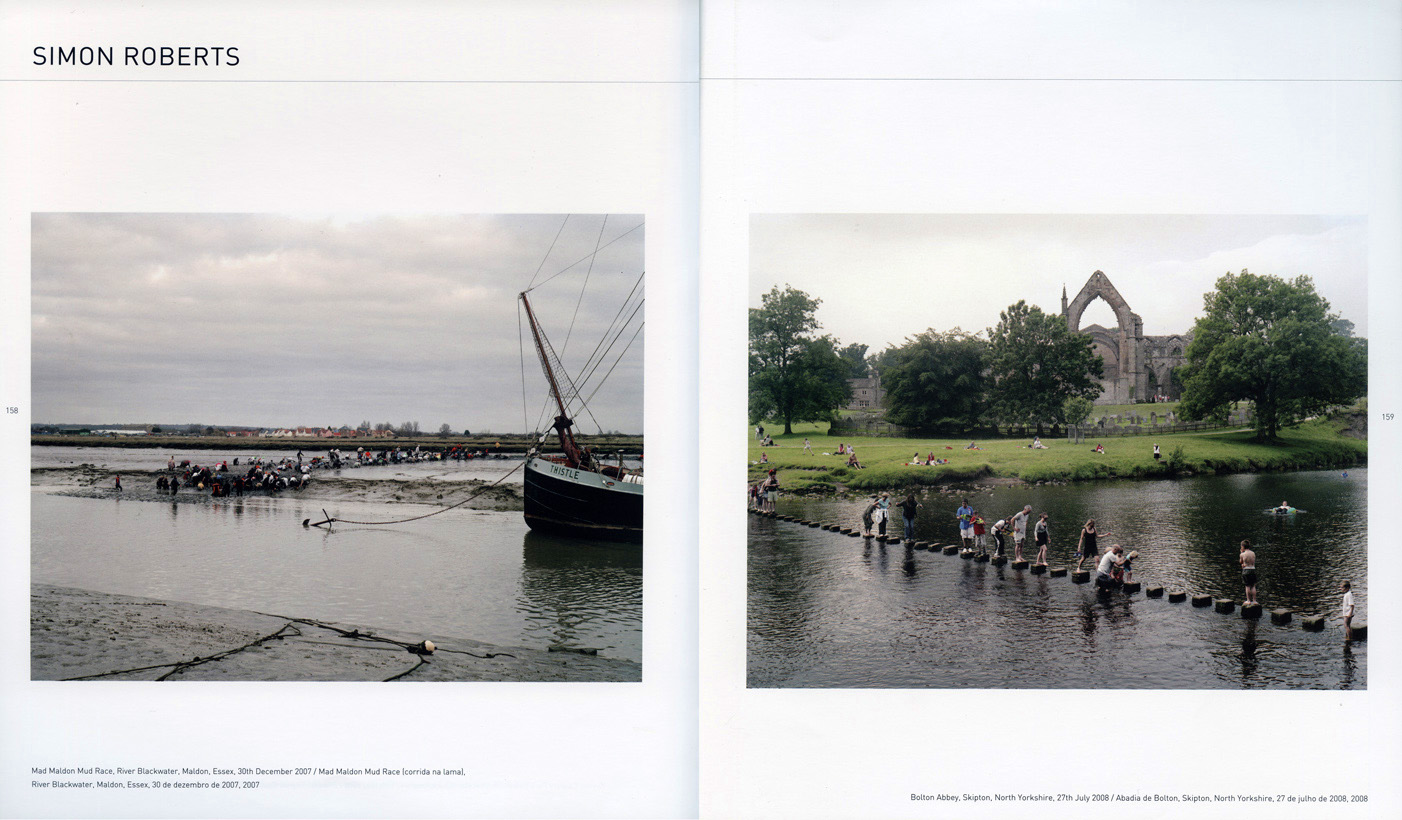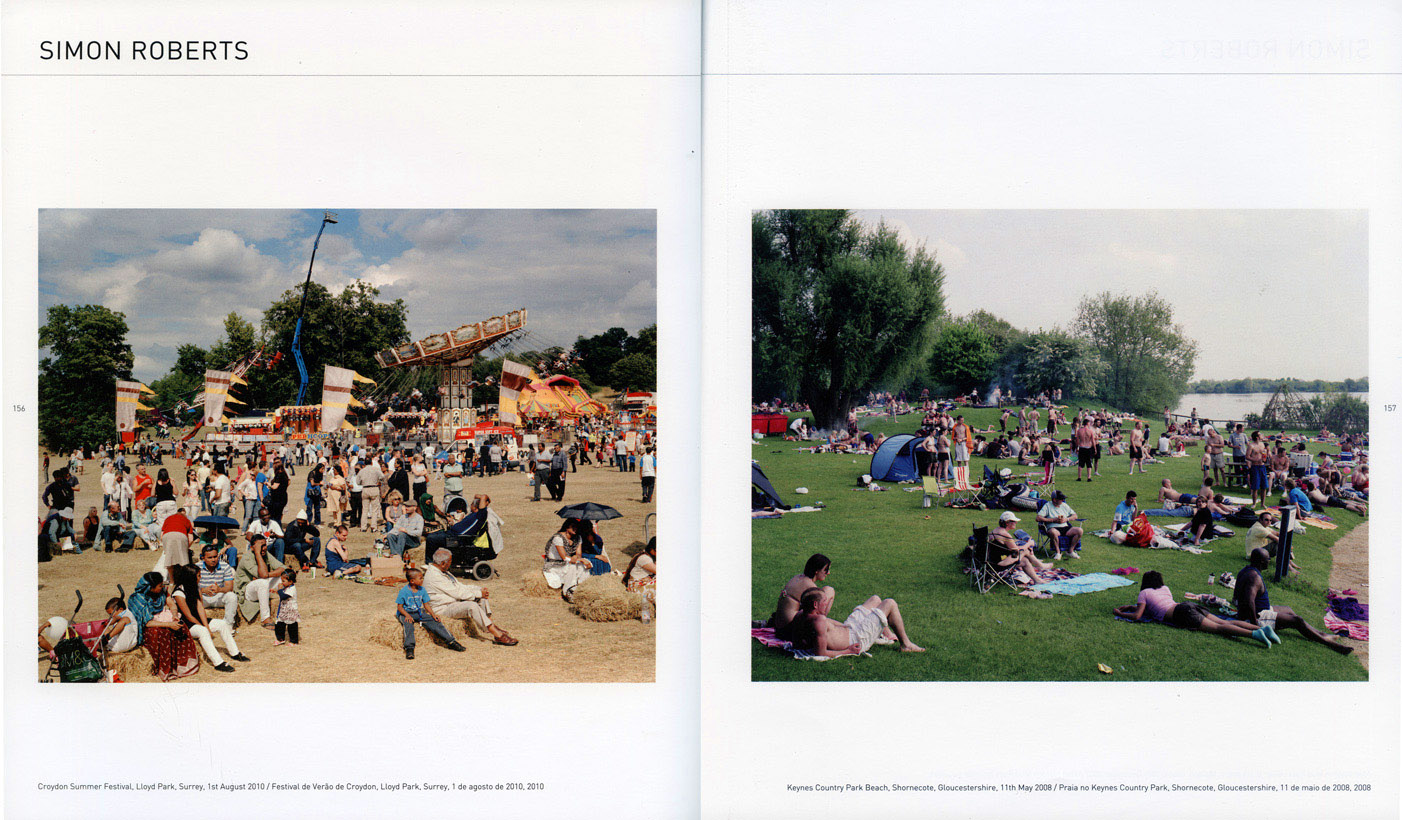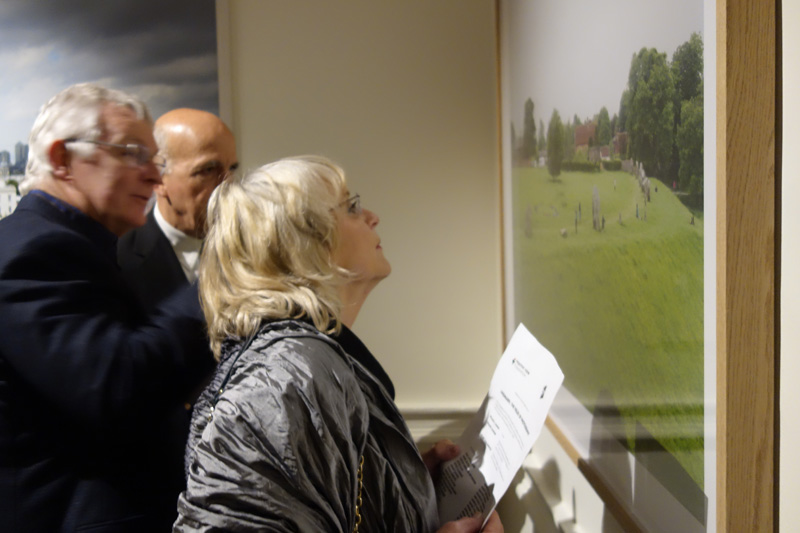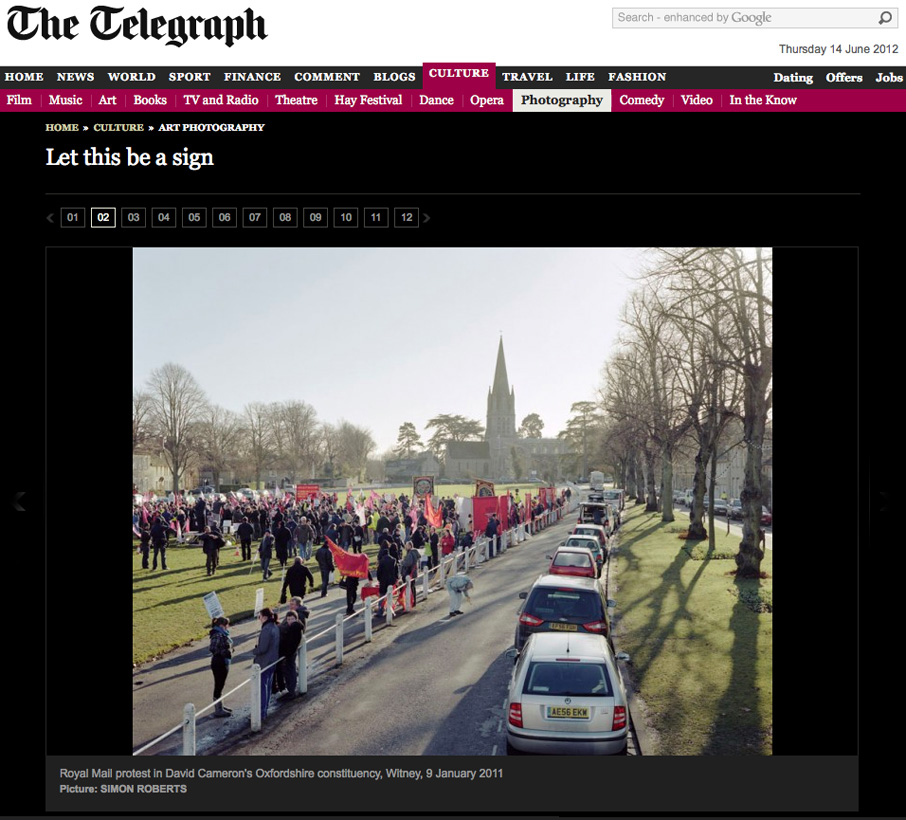A catalogue has just been published for the recent British Council exhibition ‘Observers: Photographers of the British Scene from the 1930s to Now’ which was on show at Galeria de Arte do SESI in Sao Paulo, Brasil.
The exhibition and catalogue spans almost a century – from the new photographic directions of the 1920s and 30s that developed alongside the emergence of mass media, to the diverse practice of today’s image-laden world – and features the work of many of Britain’s most significant, celebrated and influential photographers.
Curator Martin Caiger-Smith references We English in his accompanying essay ‘A view from the roof’, where he writes:
“Ideas of proximity and distance – in both a physical and a psychological sense – of detachment and engagement, consideration of the individual and the community, particularity and generality, are never far from mind here. Simon Roberts, in the tracks of Ray-Jones or Meadows in his project ‘We English. returns to the task of presenting a synoptic view of the nation and its people. His work involves a coming together of people and place – landscape and society. History is ingrained in each image – not least the history of those who have shared his endeavour.
There is something old-fashioned in his project, beneath its very contemporary surface, something of the photographic social archives of the nineteenth century. And his viewpoint is a distant one: his landscapes are broad, and the teeming people he observes are small, distant, unaware of his presence and intent.”


Image: We English and XXX Olympiad prints exhibited at Landmark, Somerset House, March 2013
The online magazine Distorted Arts has reviewed my We English work, which is currently featured in the Landmark Exhibition at Somerset House in London.
“Roberts’s photographs reside somewhere between documentary and pure landscape. Many of his images contain poignant vignettes set against dynamic panoramas. Camel Estuary is populated with staffage straining against one another. Their interaction enlivens the scene, while the tamed sea, blue sky and sweeping shore evoke the English tradition of land, leisure and pleasure.
A contemporary archive of Englishness; Roberts’s work captures people, places and events beautifully. Figures in the landscape are small, but significant – the Arcadian shepherds and smiling rural folk of a Victorian landscape are replaced by windswept trekkers, crowded stadiums and post-modern reverie.”

You can read the whole review here.
And view an online gallery of images from the exhibition on the Guardian’s website here.
Landmark: The Fields of Photography at Somerset House from 14 March – 28 April 2013.

Some features and articles written about Let This Be A Sign exhibition:
An interview with Diane Smyth in the current issue of BJP (June 2012), which you can download here.
A feature in the current issue of Boat Magazine (June 2012), which you can download here.
Interview/slideshow on BBC News online (24 May 2012) here.
Interview/slideshow on The Telegraph’s website (29 May 2012) here.
Featured in the Aperture/In Focus section of Wired magazine (28 May 2012) here.
A shout-out in Time Out, London (29 May 2012) here.
An interview in Northwest Magazine (22 May 2012) here.
Feature in the Ham & High newspaper (10 May 2012), here.
Sue Steward gives 4 Stars in her review of the London Festival of Photography/ Let This Be A Sign exhibition in the Evening Standard (01 June 2012), here.
You can read an article about the festival on ArtLyst by Portia Pettersen (26 May 2012) here and a review by Kerim Aytac (06 June 2012) here.

Here’s a short news clip on Brazilian TV about my We English exhibition at Centro Brasileiro Britânico, Sao Paulo.
The Observer’s photography critic, Sean O’Hagan, selects We English in his top 10 exhibitions of 2011. Read the full list here.
“Roberts’ manner is calm. He shows people small in the landscape, clustered into groups rather than isolated as individuals. He likes to shoot from relatively high, so we see patterns. It is partly a show about ritual in the landscape, the strange things we do to feel we belong. It is partly about how the very numbers of us who come to enjoy the land spoil the thing we admire. A strong theme is about movement, but Roberts shrewdly notices how much movement is local. Playing golf still has something pastoral about it, even in the shadow of the very power station which employed you.
These elegant pictures invite multiple readings, but they do it with confidence and zest. With flashes of wit, humanity, and abundant respect for his photographic predecessors, Simon Roberts has added a good one to the canon of surveys of the English.”
Francis Hodgson (art adviser, photography critic at the FT and former head of photographs at Sotheby’s) has just written a review of We English. You can read the full review here.
“The big art institutions here are finally catching up with their American counterparts, with a new photography gallery at the V&A, increased prominence at the Tate and exciting plans elsewhere. We asked four leading curators about the state of the art” writes Sean O’Hagan in today’s Observer. Read full article here.
He also selects my We English exhibition at Flowers East in his ‘Pick of London’s Current Photography Shows’ describing the photographs as “epic vistas captured from a distance that are both timeless and contemporary.”
“Titled We English, this extensive survey was informed by the likes of Tony Ray-Jones (1941-1972), Martin Parr, Tom Woods, Bill Brandt (1904-1983), and Sylvester Jacobs, amongst others, all of whom had produced insightful and seminal documents recording the English people at various periods over the last half-century. But whilst many of these photographers approached their subject in what would would be considered a documentary nature, the work of Roberts’, like that of John Davies, reverberate with the echoes of traditional English landscape painting, whilst remaining stoically contemporary in nature.”
Read the rest of Wayne Ford’s blog post about We English here.